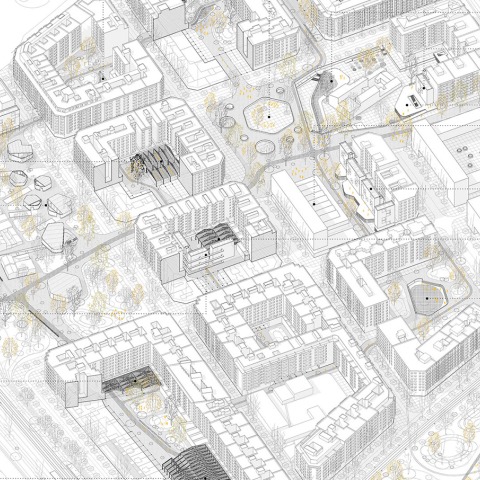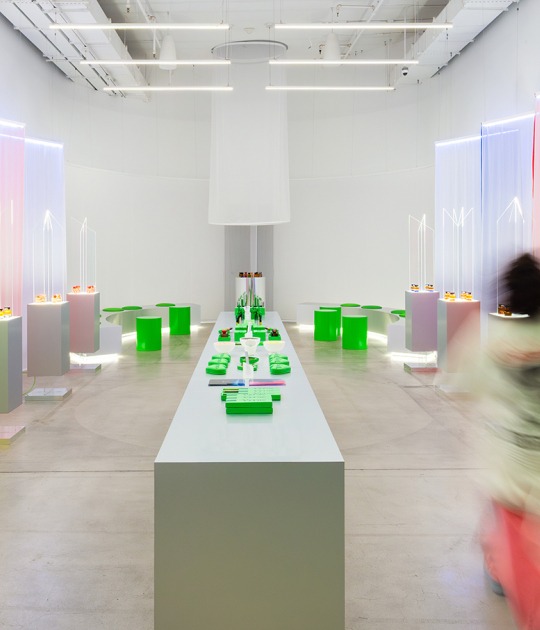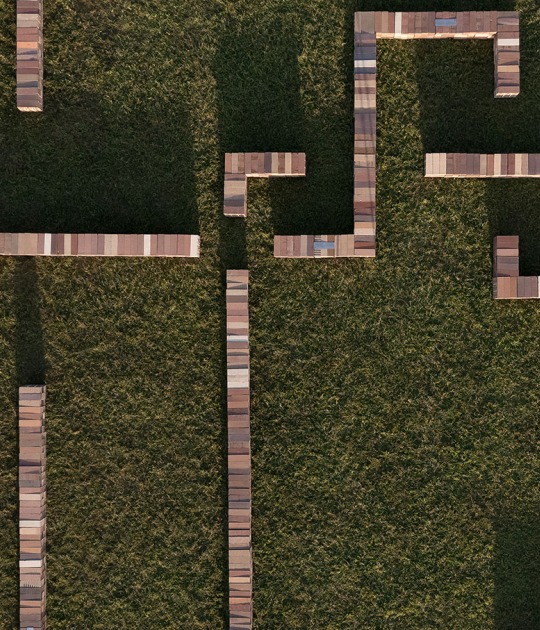Description of the project by Carlos Pascual Cuervo-Arango
We are located in Valencia, in the neighborhood of San Isidro, an orchard area until a few years ago, which consequently preserves some preexisting rural character, as farmhouses or ditches still active that, buried, they go under it and continue until the orchard. On the other hand, a morphological "indefinition" has been maintained in that place (fortunately or unfortunate) until nowadays.
The neighborhood is situated on a outskirts, that is half-vulnerable between the city and the garden. The current situation is a disconnection of the place with its surroundings, the unresolved predominance of the city and the appearance of necessary infrastructures that have been raised without thinking in the landscape and have isolated and cracked the orchard irreversibly.
The first priority is to return or give the neighborhood for the first time, a leading role in the ground floor and a relationship between public space, elements that have been implemented since 1973, the elements that already existed and the areas that necessarily have to be resolved. All this forming a single set in coherence and in different harmony. The biggest conditioner or project tool, the underground hydraulic system. It is born of, among other conditions, the guidelines that establish these new relationships.
A scattered intervention
The project follows the idea of a non-focused intervention, with little impact, without creating an unique solution that solves all problems in a single point. The proposal tries to ''pass the hand'' through all the neighborhood in a smooth way, squeezing its potentials.
Facing the pure functionality of the predominant orthogonal system, a new, slow, complementary system is proposed, owned by the pedestrian or cyclist.
Industrial buildings that will be urban warehouses, provisioning.
Dividing walls that will be thick, habitable walls.
New fractional geometry that will limit the urban voids while being permeable at street level.
Ditches that will be participants and changing of the urban landscape.
3 types of intervention
The first is the warehouses renovation, and the interior adaptation of the blocks for the development of providing programs. It consists of releasing the ground floor from every private element and transformed them into a public space, in a street or square from which all dwellings in the interior can participate.
The second is the repair of the existing partitions from habitable walls of a minimum depth. These are subordinate to the existing dividing wall and therefore never acquire greater height than it. These are habitable containers with access by footbridge and leave on the outside any element that can be considered as not flexible. In the interior, there is a free floor that can be compartmentalized. In this way, these walls are not only homes and cover any needs of the owner.
The third type is the implantation of new geometries in the urban voids and, therefore, they do not have any formal conditions. In this way, a fragmented and permeable architecture is proposed, which limits the place in which it is located without the need of creating a closed perimeter that also below ground level, is capable of having an independent program at the street level.
































